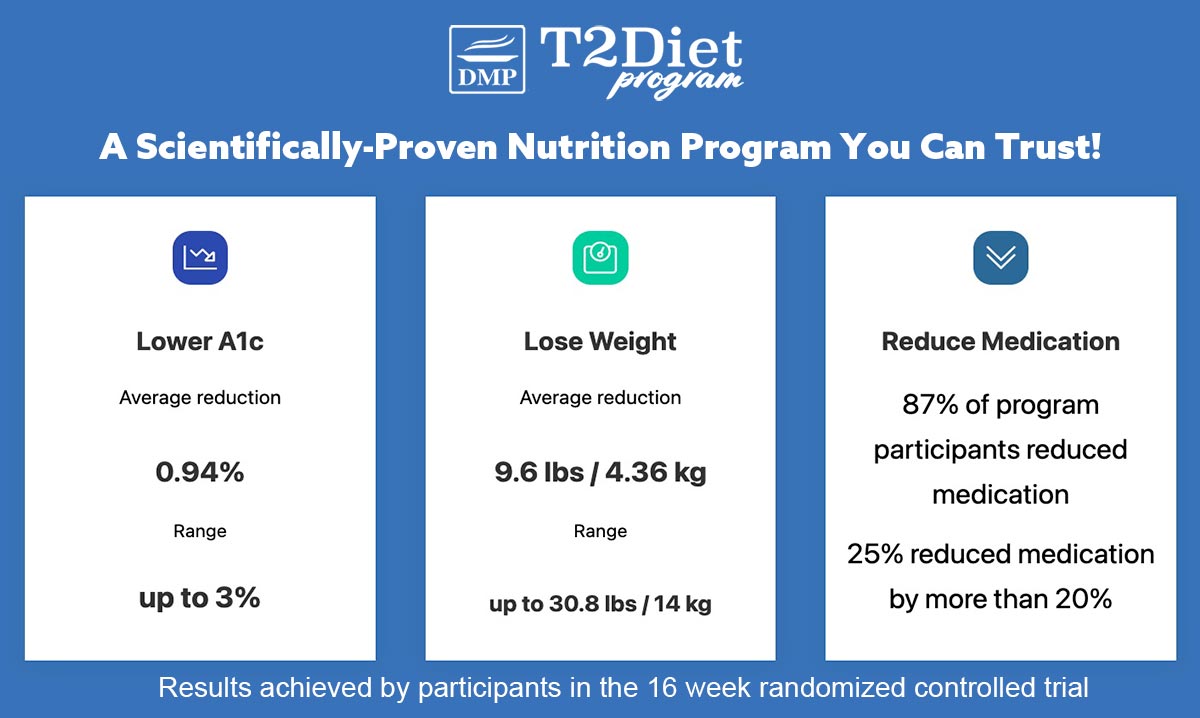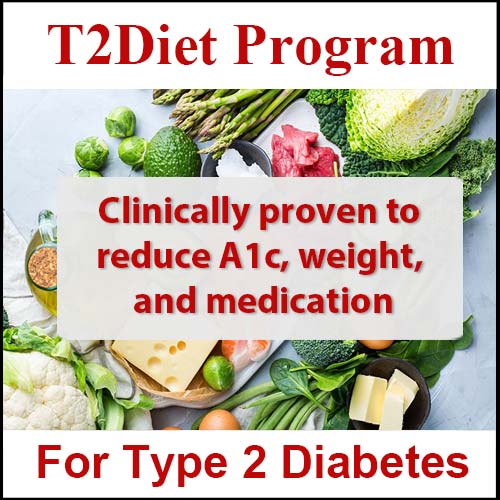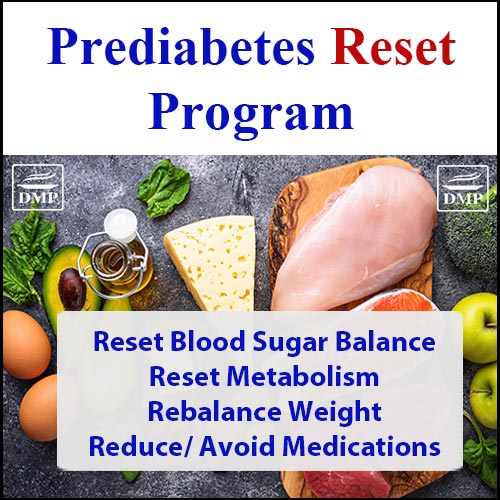Table of Contents[Hide][Show]
This episode investigates the American Diabetes Association’s stance on diet and macronutrients, and based on the evidence of decades, we push for more precise guidelines to be provided so that people with type 2 diabetes around the globe can experience much better health.
LISTEN TO THE PODCAST
CHAPTERS
1:16 History of American Diabetes Association Medical Care Guidelines
3:40 Importance of Digital Health Programs
5:52 Healthy Eating Patterns
8:10 Macronutrients
9:00 Carbohydrates
17:10 Low Fat Dairy & Meat – Where’s The Evidence?
22:11 Protein
22:44 Fat
23:34 Sodium
23:58 Sweeteners
Support the podcast by leaving a 5-star rating and review on Apple, Spotify or our Website – Thank You!
Overview
In this insightful episode, we delve into the intricacies and evolution of diabetes guidelines, their impacts on patient care, and the burgeoning realm of digital health programs, offering valuable insights and practical advice.
It’s essential to recognize the significant role of the American Diabetes Association (ADA) in shaping diabetes care worldwide. Since 1989, the ADA has been at the forefront, issuing annual medical care guidelines that have grown from a modest 4-page document to a comprehensive 328-page manual in 2024, reflecting the deepening understanding and complexity of diabetes management and the growing amount of research in this field.
Addressing the digital frontier, Dr. Jedha highlights the increasing acknowledgment and inclusion of digital health programs in the ADA guidelines. The shift towards recognizing the efficacy of online education and support is a testament to the evolving landscape of diabetes care, where accessibility to interventions are becoming increasingly important. Dr. Jedha’s contributions through her research underscore the value and effectiveness of digital solutions like her T2Diet Program, which have shown to outperform traditional in-person care:

One of the critical aspects Dr. Jedha focuses on the dietary and lifestyle recommendations in the ADA’s guidelines, Chapter 5 of the 2024 guidelines. Despite their length and detail, these guidelines often leave healthcare professionals craving more specific, actionable advice. The vague nature of the dietary recommendations, particularly regarding macronutrient distribution and carbohydrate intake, has been an ongoing point of contention and confusion, which is what Dr Jedha dives into.
When discussing dietary guidelines, Dr. Jedha stresses the importance of an overall healthy eating pattern rather than fixating on individual foods. She critiques the ADA’s stance on macronutrients, particularly carbohydrates, calling for clearer, evidence-based recommendations. Dr. Jedha argues that low-carbohydrate and very-low-carbohydrate diets have consistently shown to improve glycemic control and reduce medication needs, a fact that should be more prominently featured and detailed in the guidelines.
Based on an abundance of evidence, the guidelines should conclusively state that consuming less than 26% of daily energy from carbohydrates leads to improved A1C levels and reduced dependence on medications. Reduced reliance on medication is an incredibly important outcome in diabetes.
How many carbs is 26% a day? In a 2000 calorie eating plan that would be a maximum of 130 grams per day.
Sticking to less than 130 grams a day is recommended, though we encourage people to eat between 50-80 grams a day, with a maximum of 100 grams.

The conversation then shifts to controversial topics like the consumption of meat and dairy. Dr. Jedha questions the sudden emphasis on low-fat dairy and minimizing meat consumption in the latest guidelines, challenging the ADA to provide robust evidence supporting these changes. She advocates for a balanced, nutrient-dense approach that includes a variety of protein sources, arguing against the demonization of meat when other factors, like high carbohydrate intake, have a more detrimental impact on diabetes management.
As we navigate the world of sweeteners and sodium, Dr. Jedha provides a critical analysis of recent research and guidelines. She urges caution and informed decision-making, especially concerning artificial sweeteners and their long-term implications on health.
In conclusion, Dr. Jedha’s exploration into the ADA’s diabetes guidelines reveals a landscape filled with both progress and ambiguity. While there is an appreciation for the increasing complexity and depth of these guidelines, there is also a call for more precise, actionable advice that healthcare professionals can confidently relay to their patients. As we move forward, the hope is for future guidelines to offer clearer direction, particularly regarding dietary recommendations, to empower individuals with diabetes to make informed choices that lead to better health outcomes.
Subscribe to Type 2 Diabetes Talk on: Apple | Spotify | Amazon Music | Audible | YouTube | Podcast Index | Player FM | and more…



Leave a Reply